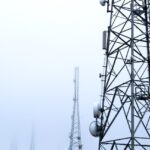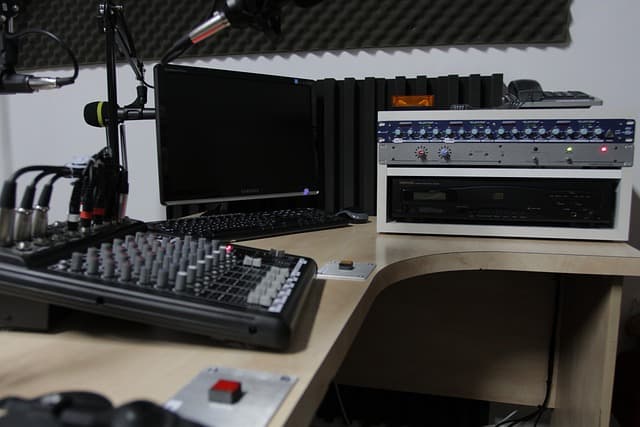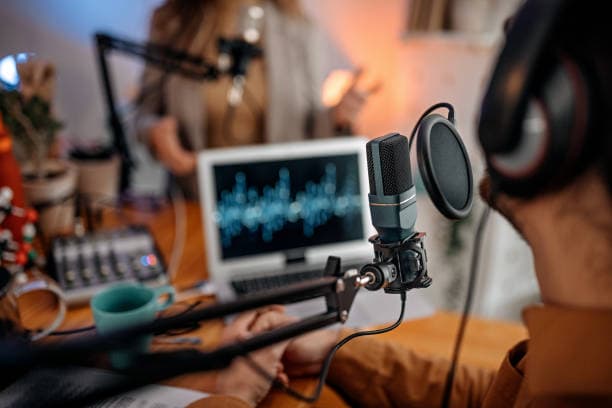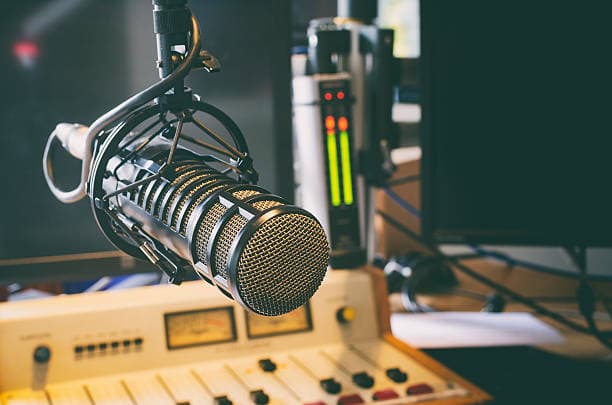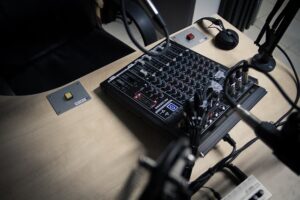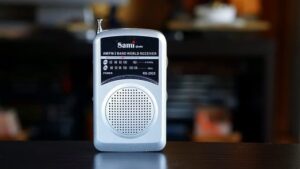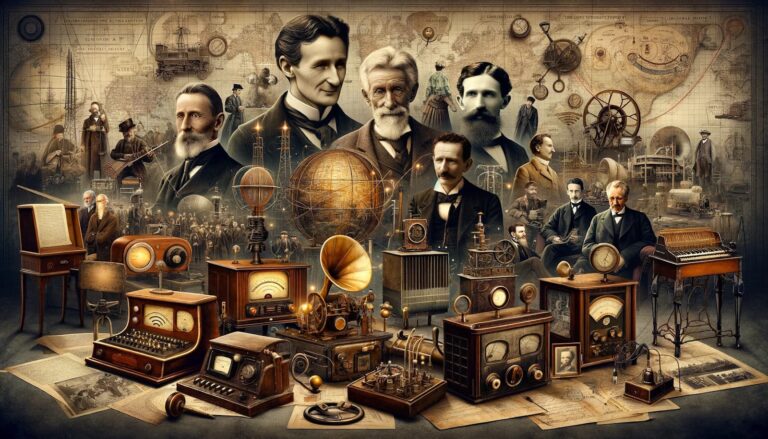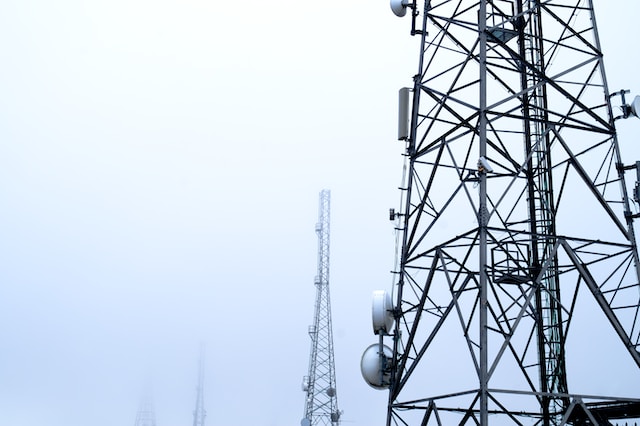Digital amateur radio is an exciting field of radio communication that combines data transmission and voice transmission through digital signals. Unlike traditional analog radio, digital amateur radio uses special modulations and algorithms to transmit and process information more efficiently.
What is digital modulation?
Digital modulation is the process of converting information into a digital form for transmission over a radio channel. Instead of using analog signals, digital modulation presents data as binary numbers (bits) that are encoded and transmitted using various modulation schemes such as PSK (Phase Shift Keying), RTTY (Radio Teletype) and FT8 (Fast Fourier Transform 8).
Benefits of Digital Amateur Radio
Digital radio amateurism has a number of advantages over traditional analog radio amateurism:
Efficient use of the radio spectrum: Digital modulations allow you to transmit more information in a given bandwidth, which makes use of the radio spectrum more efficient.
Improved transmission quality: Digital modulations provide better immunity to interference and noise, resulting in a clearer, higher quality signal.
Advanced signal processing capabilities: Digital Amateur Radio allows you to use a variety of signal processing algorithms, such as coding/decoding, data compression, and error correction.
How to get started in digital amateur radio
To get started in the world of digital amateur radio, you’ll need the following:
Radio: Choose a radio station that supports digital modulation. There are special radios that are designed to work with digital signals, as well as some traditional radios that can be modified to work in digital mode.
Computer or other device: You will need a computer or other device that supports the appropriate software to process digital signals and communicate with the radio.
Software and Drivers: Install the necessary software and drivers that allow you to operate the radio station and process digital signals. There are various programs and packages, such as Ham Radio Deluxe, fldigi, and WSJT-X, which provide a wide range of options for working with digital modulation.
Study and Practice: Learn the basics of digital modulation and how the software works. Try transmitting and receiving digital signals, experiment, and join digital amateur radio networks.
Digital Amateur Radio offers exciting opportunities to expand your radio communications and delve into the technical aspects of amateur radio. Start by learning the basics, experiment, and enjoy the new possibilities that digital radio amateurism has to offer.





